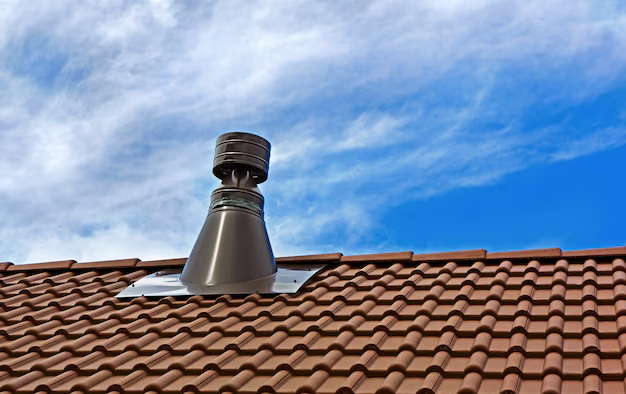Your Guide to Installing a Turbine Vent on Your Roof
So you're thinking about installing a turbine vent on your roof—smart choice! These helpful devices can improve airflow in your attic, reduce moisture buildup, and contribute to energy savings by aiding in temperature regulation. Here's a step-by-step guide to help you install a turbine vent safely and efficiently.
Understanding the Basics
Before diving into the installation process, it's important to grasp what you're installing and why. Turbine vents work on wind power—rotating with the wind to pull stale, hot air out of your attic, even when there's minimal wind. This, in turn, keeps your home cooler and can extend the life of your roofing by minimizing moisture-related issues.
What You’ll Need
Gathering the right materials makes the project smoother:
- Turbine vent kit: Includes the vent and necessary mounting hardware
- Measuring tape
- Circular saw or utility knife
- Safety gloves and goggles
- Screwdriver
- Roofing sealant
Step-by-Step Installation
Choose the Location:
- Pick a spot near the center of your roof's ridge for optimal performance. Ensure there are no obstructions like beams underneath.
Measure and Mark:
- Use a measuring tape to mark a circle equal to the diameter of your vent's base on the roof.
Cut the Opening:
- Wearing safety goggles and gloves, cut through the roofing material along your marked circle using a circular saw or utility knife. Be cautious to avoid damaging any underlying structures.
Install the Vent:
- Place the turbine vent base over the hole and secure it using screws, ensuring it's tightly fastened. Follow this by attaching the rotating vent.
Seal the Edges:
- Apply roofing sealant around the edges to ensure a watertight fit, protecting against leaks.
Test Your Work:
- Give the turbine a gentle spin to ensure it rotates freely and check for any leaks using a gentle water spray.
Broaden Your Horizons
Installing a turbine vent might seem like a small home improvement project, but it can have profound effects on your energy bills and home environment. Many homeowners aren’t aware they might also qualify for energy efficiency rebates and tax credits, which can offset installation costs. Research whether your state offers any incentives for energy-efficient home improvements.
Beyond practical upgrades like a turbine vent, there might be financial tools and resources available to you that can make home maintenance and improvement more affordable. From government aid programs to credit solutions, a little investigation can reveal a wealth of support. Here’s a rundown of potential opportunities:
- 💸 Energy Efficiency Rebates: Offered by utility companies and local governments for installing energy-saving appliances and systems.
- 📈 Federal Tax Credits: Available for certain home energy improvements, which can reduce your federal tax bill.
- 🏠 Home Repair Loans and Grants: Especially for low to moderate-income homeowners, these can make crucial maintenance affordable.
- 💳 Credit Card Promotions: Consider leveraging cards offering 0% APR for balance transfers and purchases to finance large expenses without interest.
- 🎓 Educational Grants: Useful if you want to invest in a course to enhance your DIY skills, potentially reducing home repair costs long-term.
Taking care of your home is an invaluable investment in your quality of life and financial future. Whether it's through improving its infrastructure or managing costs effectively, knowing your options is key. Happy updating!
